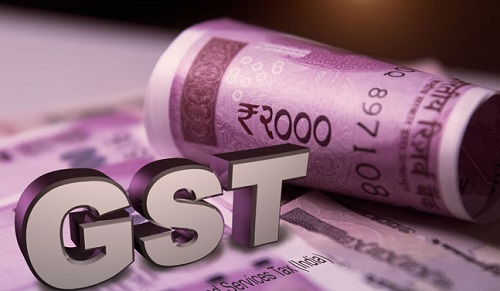With the implementation of GST- the master of all reforms, there is a great need to keep track of all the modifications that the government makes. Since there is a gradual but constant enhancement in the scheme, you cannot afford to miss information. Every other day you switch on the television only to watch the GST bill details with an addition of new rules and processes. All thanks to our vigorous print, digital and electronic media experts who are always on the move to keep us notified. They update us on the GST bill latest news and inform us about the frequent amendments to the plan very easily. The catchphrase of “one nation, one market, one tax”, is well spread throughout the country via this medium.
Let us see how news channels, newspapers and magazines bring us closer to the revisions in the market regarding our taxation system.
- The analysis from the past and comparisons with historical events in the economy help us in predicting the future of the market.
- The introduction of the idea of GST in India prior to its implementation was made through national media.
- The schedules, rules and GST rate structures reach the consumers via news forums.
- It also plays a major role in making the country GST compliant.
- The reviews and suggestions that the business specialists make are covered by the news-agents in order to apprise the concerned authorities.
- The changes in the system have been everyone’s topic of discussion because of the GST details being shared on a regular basis over TV, radio, social media and other authentic sources.
- The reason that each one of us has an interpretation of the whole matter is the efficiency of news communications.
- This is one of the main catalysts in whatever progress the administration has faced in curbing corruption.
- Till date, every little to prime alteration in the scheme is noticed by us due to the presence of news sources in our lives.
We cannot deny the fact that GST has been the most grossing gossip of last year. And as should be obvious, the advancements made are the conclusion of acceptance by the people. This is only made possible by the active performance of news sources. To recall the role of media, let us now look at the journey of GST in India so far and the news that produced concurrently with the events happening around us:
- In 2000, on the recommendation of administrative powers, the blueprint a GST model was delineated by a committee. The council planned to introduce a uniform tax regime.
- In 2003, the then P.M AtalBihari Vajpayee enforced a panel to suggest amendments to the tax scheme.
- In 2004, the system gained momentum when Manmohan Singh’s UPA-I came into the lead.
- In 2005, The Kelkar committee plans to roll out GST as advised by the 12th finance commission.
- In 2006, the deadline to pass GST in the country was given by the Cabinet Minister of Finance, P. Chidambaram.
- In 2009, the then Finance Minister Pranab Mukherjee declared the same structure and maintained the 2010 deadline.
- 2010 saw the setting of a foundation by involving computer intelligence in the taxation system. 80% of the GST management was claimed to be done.
- From 2011 to 2013 the GST proposal gets prepared to be launched in the country.
- After a number of amendments, bill demands and approvals the then President Pranab Mukherjee agreed to enforce the bill by the end of 2016.
- After thorough analysis and discussion of rate structures, modeling and organization of the strategy throughout the nation, the bill was all set to roll out in 2017.
- In the midnight of June 30th, 2017, the GST regime came into action. All hailed the implementation of the much-awaited tax configuration.
Since the India’s GST bill latest news is continuously being followed by the public, there is no scope of losing important information about it. From relating to the GST norms in foreign countries to accepting their strategies for the betterment of ours, media prove to be of considerable help. There are two sides to each coin, similarly, GST has faced its combination of ups and downs and is still surviving its course. With the advancement in the world, where people are well informed and educated, they have a fine perception of everything. So, there is no fooling around with them. As soon as any fake news is telecasted or spread, it gets busted. The media experts are aware of this fact and do not misinform their consumers. Therefore, the role of mass media should be appraised for regularly providing us with the GST details in its transparent form.
